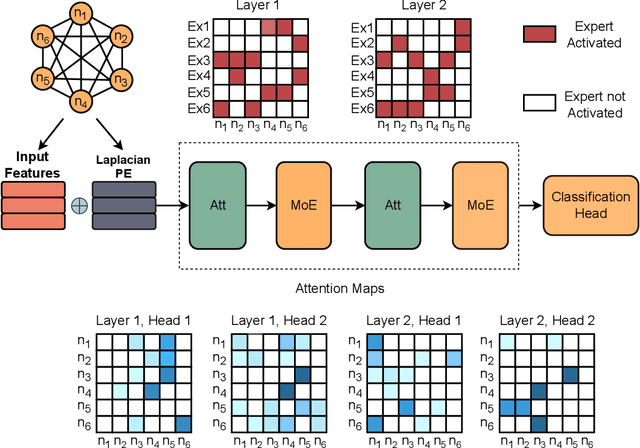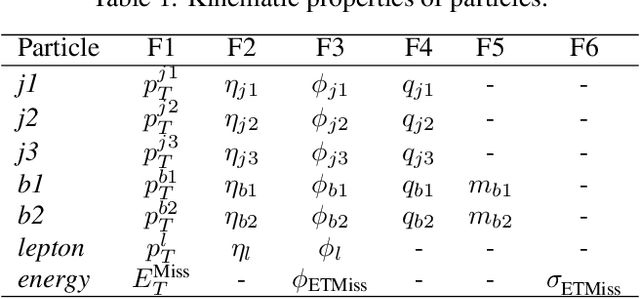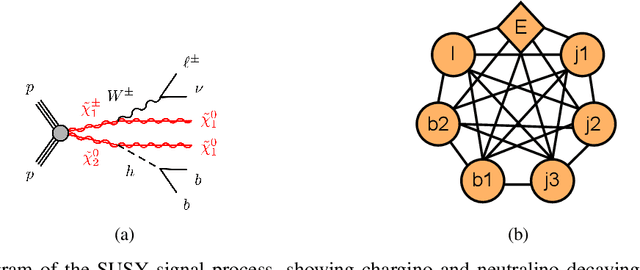Stefano Giagu
Department of Physics, Sapienza University of Rome
Strategic White Paper on AI Infrastructure for Particle, Nuclear, and Astroparticle Physics: Insights from JENA and EuCAIF
Mar 18, 2025



Abstract:Artificial intelligence (AI) is transforming scientific research, with deep learning methods playing a central role in data analysis, simulations, and signal detection across particle, nuclear, and astroparticle physics. Within the JENA communities-ECFA, NuPECC, and APPEC-and as part of the EuCAIF initiative, AI integration is advancing steadily. However, broader adoption remains constrained by challenges such as limited computational resources, a lack of expertise, and difficulties in transitioning from research and development (R&D) to production. This white paper provides a strategic roadmap, informed by a community survey, to address these barriers. It outlines critical infrastructure requirements, prioritizes training initiatives, and proposes funding strategies to scale AI capabilities across fundamental physics over the next five years.
Mixture-of-Experts Graph Transformers for Interpretable Particle Collision Detection
Jan 08, 2025



Abstract:The Large Hadron Collider at CERN produces immense volumes of complex data from high-energy particle collisions, demanding sophisticated analytical techniques for effective interpretation. Neural Networks, including Graph Neural Networks, have shown promise in tasks such as event classification and object identification by representing collisions as graphs. However, while Graph Neural Networks excel in predictive accuracy, their "black box" nature often limits their interpretability, making it difficult to trust their decision-making processes. In this paper, we propose a novel approach that combines a Graph Transformer model with Mixture-of-Expert layers to achieve high predictive performance while embedding interpretability into the architecture. By leveraging attention maps and expert specialization, the model offers insights into its internal decision-making, linking predictions to physics-informed features. We evaluate the model on simulated events from the ATLAS experiment, focusing on distinguishing rare Supersymmetric signal events from Standard Model background. Our results highlight that the model achieves competitive classification accuracy while providing interpretable outputs that align with known physics, demonstrating its potential as a robust and transparent tool for high-energy physics data analysis. This approach underscores the importance of explainability in machine learning methods applied to high energy physics, offering a path toward greater trust in AI-driven discoveries.
Efficient Graph Coloring with Neural Networks: A Physics-Inspired Approach for Large Graphs
Aug 02, 2024Abstract:The graph coloring problem is an optimization problem involving the assignment of one of q colors to each vertex of a graph such that no two adjacent vertices share the same color. This problem is NP-hard and arises in various practical applications. In this work, we present a novel algorithm that leverages graph neural networks to tackle the problem efficiently, particularly for large graphs. We propose a physics-inspired approach that leverages tools used in statistical mechanics to improve the training and performance of the algorithm. The scaling of our method is evaluated for different connectivities and graph sizes. Finally, we demonstrate the effectiveness of our method on a dataset of Erdos-Renyi graphs, showing its applicability also in hard-to-solve connectivity regions where traditional methods struggle.
Fast Neural Network Inference on FPGAs for Triggering on Long-Lived Particles at Colliders
Jul 11, 2023Abstract:Experimental particle physics demands a sophisticated trigger and acquisition system capable to efficiently retain the collisions of interest for further investigation. Heterogeneous computing with the employment of FPGA cards may emerge as a trending technology for the triggering strategy of the upcoming high-luminosity program of the Large Hadron Collider at CERN. In this context, we present two machine-learning algorithms for selecting events where neutral long-lived particles decay within the detector volume studying their accuracy and inference time when accelerated on commercially available Xilinx FPGA accelerator cards. The inference time is also confronted with a CPU- and GPU-based hardware setup. The proposed new algorithms are proven efficient for the considered benchmark physics scenario and their accuracy is found to not degrade when accelerated on the FPGA cards. The results indicate that all tested architectures fit within the latency requirements of a second-level trigger farm and that exploiting accelerator technologies for real-time processing of particle-physics collisions is a promising research field that deserves additional investigations, in particular with machine-learning models with a large number of trainable parameters.
 Add to Chrome
Add to Chrome Add to Firefox
Add to Firefox Add to Edge
Add to Edge